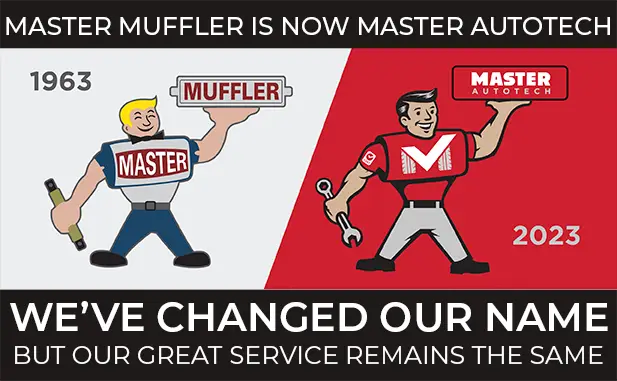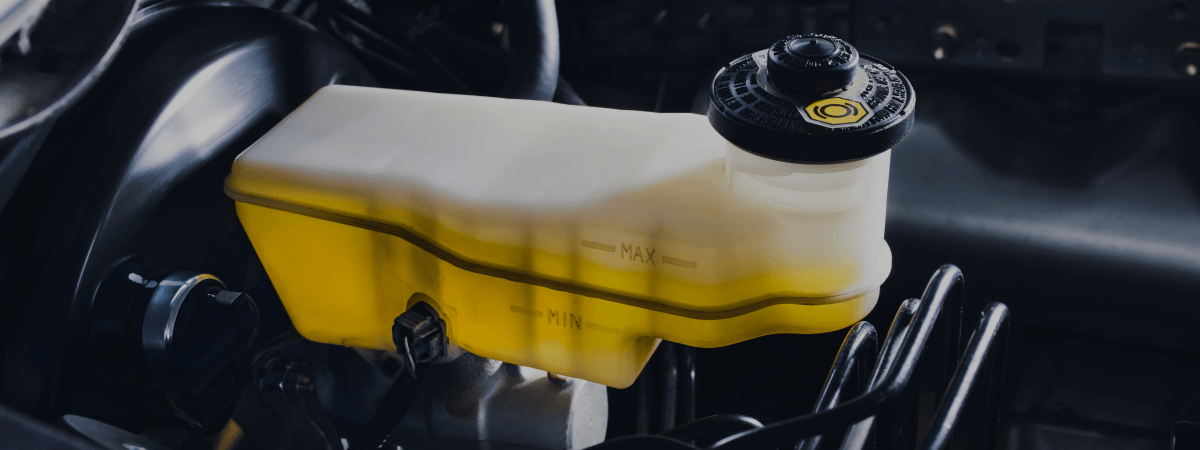The timing belt is a rubber and fiber belt with teeth along its length. The timing belt is responsible for timing the camshaft and crankshaft rotations. It is an important function, because the camshaft rotates at one-half the speed of the crankshaft.
As the camshaft and crankshaft rotate with the timing belt, the camshaft causes the intake valves and the exhaust valves to open and close. This needs to be timed right to allow the mixture of fuel and air, as well as the exhaust gases, to pass through the engine.
Some vehicles have timing chains, instead of timing belts. If this is the case with your vehicle, you will not need to change the timing chain unless you are rebuilding the engine. Timing belts, on the other hand, do suffer wear and tear over time.
Most timing belts should be changed somewhere between every 30,000 and 100,000 miles. Why such a large range? Each vehicle is manufactured differently, has different demands, and will thus wear down at a different rate.
Check your manufacturer’s website or the manual that came with your vehicle to determine the recommended intervals for changing the timing belt in your type of vehicle. Make sure you know when the timing belt was changed, if you buy a used vehicle, or get it changed after purchasing it, to be safe.
If you have a non-interference engine and your timing belt breaks, you will need a tow to the nearest Utah auto repair shop to get it repaired. The valves and pistons do not occupy the same space. So, you will probably only need the belt replaced to be on your way.
If, on the other hand, you have an interference engine and the timing belt breaks, your valves and pistons will try to occupy the same space at the same time and will damage each other in the process. An engine rebuild may be necessary.
Follow the manufacturer’s recommendations for how often to change your timing belt. If it gets contaminated with coolant or oil, you should change it then as well. If you notice, upon inspection, that it is damaged, you don’t need to wait for the manufacturer’s recommendations. Just change it. Finally, if you take it off to do a repair, replace it because the fit won’t be the same after it has been removed.
Related Posts
When you think about car maintenance, you probably focus on oil changes, tire rotations, and maybe even brake pad replacement. But what about your brake fluid? If you’ve ever wondered, “What does brake fluid do?” or “Why is brake fluid important?”, you’re not alone. Brake fluid might not be the most talked-about part of [...]
Is that high-pitched squeal from your brakes driving you—and everyone else—crazy? Don’t ignore it. Squeaky brakes aren’t just annoying, they’re your car’s way of saying something needs attention. Whether you're cruising through Salt Lake City or winding up Idaho’s mountain passes, here’s what’s likely going on, how you can fix it, and when it [...]
Whether you’re cruising down I-15 toward Zion, exploring the scenic routes of Eastern Oregon, or heading north to catch the Tetons in Idaho, a smooth summer road trip starts with smart car maintenance. Before you pack the snacks and load up the playlist, it’s worth taking the time to make sure your vehicle is [...]





